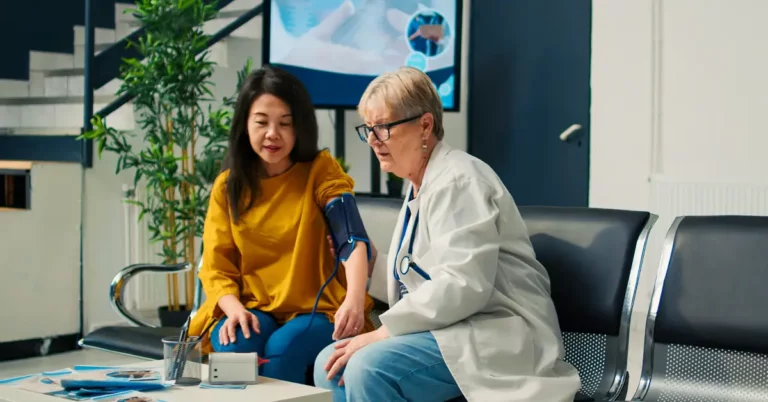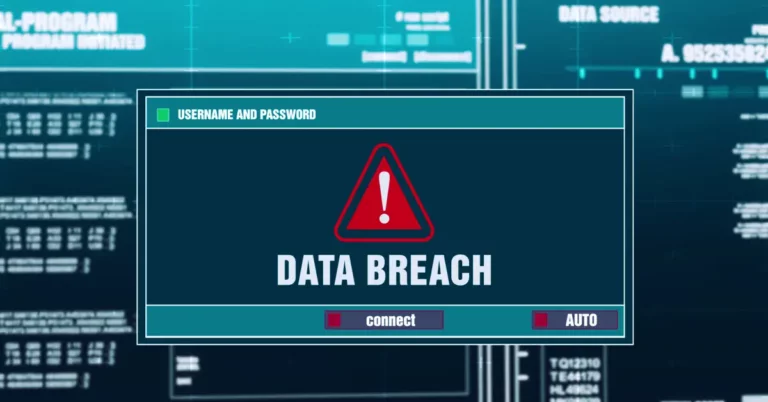As heatwaves become more frequent and intense, maintaining workforce productivity and ensuring occupational health is increasingly challenging. Extreme temperatures can lead to heat-related illnesses, which impact both employee well-being and overall workplace efficiency. In this context, Remote Patient Monitoring (RPM) emerges as a crucial tool for managing these challenges effectively. Here’s how RPM can enhance workforce productivity and support occupational health during heatwaves.
Understanding the Impact of Heatwaves on Workforce Productivity
According to a report from the Center for American Progress, if applied on a national scale, heat event days would account for nearly 235,000 emergency department visits and over 56,000 hospital admissions related to heat or heat-adjacent illnesses, resulting in an estimated $1 billion in additional healthcare costs each summer. These costs highlight the significant strain heatwaves place on both healthcare systems and workforce productivity.
High temperatures not only lead to increased fatigue and reduced concentration but also elevate the risk of heat-related illnesses like heat exhaustion and heat stroke. This can result in higher absenteeism, decreased efficiency, and increased medical expenses. Effective health management strategies must be implemented to adapt to these extreme conditions and minimize the impact on productivity.
The Role of Remote Patient Monitoring in Enhancing Workplace Health
RPM is instrumental in managing occupational health during heatwaves. RPM systems continuously track employees’ vital signs, providing real-time data that helps in identifying early signs of heat stress. By incorporating RPM into health guidelines and chronic care management strategies, employers can proactively address health issues and ensure timely interventions.
Integrating RPM with Management Guidelines
| RPM Component | Role in Management Guidelines |
|---|---|
| Continuous Health Monitoring | Ensures adherence to health management guidelines by providing real-time data on patient health. |
| Data-Driven Insights | Supports management guidelines by offering insights that inform adjustments to care protocols. |
| Compliance Tracking | Helps monitor adherence to chronic condition protocols and disease care practices. |
| Proactive Interventions | Facilitates timely adjustments to treatment management based on real-time health data. |
| Enhanced Communication | Improves healthcare management by allowing for better communication and coordination of care. |
| Customized Health Protocols | Assists in tailoring medical protocols to individual needs, ensuring compliance with established guidelines. |
This table illustrates how RPM integrates with various management guidelines to enhance healthcare delivery and support effective patient care.
Improving Health and Disease Protocols with RPM
Using RPM, organizations can refine disease protocols and health management strategies within their disease management program. RPM provides valuable insights that assist in adjusting medical protocols to suit extreme heat conditions. This leads to better patient care and adherence to protocol compliance, ensuring that employees remain healthy and productive.
Enhancing Occupational Health and Safety
Remote Patient Monitoring enhances occupational health by providing a detailed view of employees’ health metrics. This allows for the early identification of potential heat-related issues and ensures adherence to health guidelines. By integrating RPM into daily operations, businesses can maintain condition care and ensure a safer work environment.
The role of RPM in enhancing occupational health
Remote Patient Monitoring enhances occupational health by providing a detailed view of employees’ health metrics. This allows for the early identification of potential heat-related issues and ensures adherence to health guidelines.
Early detection and health management
By closely monitoring health indicators, RPM helps detect early signs of heat-related stress, allowing for timely interventions and better condition care.
Integrating RPM for a safer work environment
Incorporating RPM into daily operations helps businesses maintain compliance with health protocols and create a safer workplace during heatwaves.
Takeaways
Integrating Remote Patient Monitoring into workplace strategies during heatwaves isn’t just a smart move—it’s a game-changer. RPM transforms how organizations manage productivity and occupational health, elevating health management to new heights and ensuring strict adherence to chronic condition protocols and disease care practices.
With RPM, companies don’t just cope with extreme heat; they conquer it, maintaining peak employee performance and safeguarding their well-being. Contact us today to see how RPM can revolutionize your approach to occupational health and productivity. Embrace the change and safeguard your team’s well-being like never before!
Disclaimer: This article is for informational purposes only and not a substitute for professional medical or legal advice. Remote Patient Monitoring (RPM) can enhance health management but is not a replacement for medical treatment or emergency services. Consult healthcare professionals and follow local labor laws and safety regulations when implementing health protocols. In emergencies, seek immediate medical assistance.








